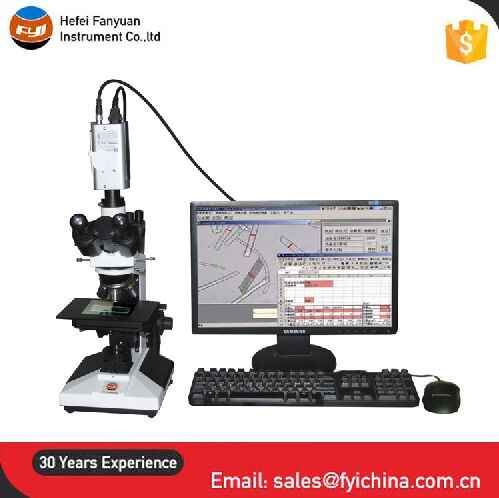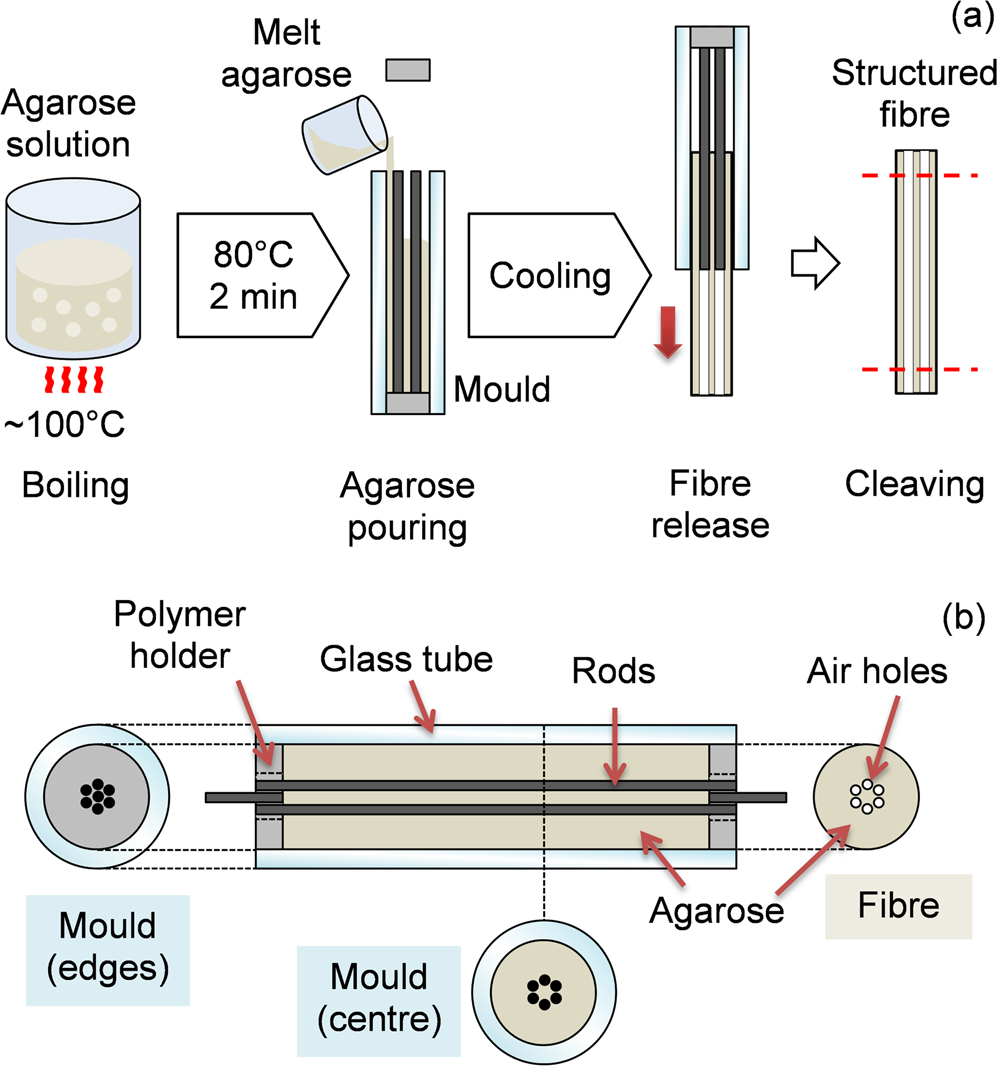Key Factors When Selecting an Optical Fibre Diameter Analyser
Key Factors When Selecting an Optical Fibre Diameter Analyser
Blog Article
Optimize Your Fibre Optic Performance: Comprehending Optical Fibre Size Analyser Modern Technology
The performance of fiber optic systems is seriously affected by the precision of their size, a factor typically neglected in the quest of optimum signal integrity. Comprehending the technology behind optical fiber size analysers reveals the detailed balance between measurement precision and manufacturing high quality. These tools not just improve compliance with sector standards however likewise offer real-time insights that can preemptively deal with possible concerns. The ramifications of their use expand past plain measurement; they can fundamentally alter the landscape of fiber optic efficiency. What elements should one think about to harness their full potential?
Value of Optical Fiber Diameter
The size of optical fiber plays a critical function in determining the performance and performance of interaction systems. Alternatively, smaller sized sizes often tend to support fewer modes, which can improve signal clarity and minimize crosstalk.

In addition, understanding the diameter's effects can lead to cost savings by reducing the need for signal boosting and repeaters in substantial networks (optical fibre diameter analyser). To conclude, the importance of optical fibre diameter can not be overstated, as it straight affects the general efficiency and integrity of modern communication systems

How Diameter Affects Signal Quality
Signal quality in optical fibre systems pivots considerably on the size of the fibre. A smaller sized diameter can lead to greater attenuation rates, resulting in signal loss as light trips with the fibre.
Alternatively, bigger diameters typically permit enhanced light capture and reduced modal dispersion, boosting signal clearness. In multimode fibers, a larger core diameter can sustain numerous light modes, but it may likewise present intermodal diffusion, which can break down signal high quality. Consequently, picking the optimal fiber size is vital for accomplishing the desired performance in specific applications.
Moreover, the interaction between the fiber size and the wavelength of the light utilized plays a critical function in determining the reliable transmission distance and general signal stability. As such, recognizing just how fibre size affects signal quality is necessary for network developers and designers aiming to optimize optical fibre systems for trustworthy, high-speed data transmission.
Introduction of Size Analyser Innovation
In lots of optical fiber production procedures, exact measurement of fibre size is important for making certain regular performance and quality (optical fibre diameter analyser). Diameter analysers are sophisticated instruments designed to assess the physical measurements of optical fibers with high precision. They utilize sophisticated optical and laser innovations to determine the diameter, ovality, and concentricity of the fiber, thus giving vital data for high quality control
These analysers can operate in-line during the production process or as part of off-line testing procedures. In-line systems make it possible for real-time surveillance, permitting manufacturers to change parameters instantly, therefore keeping optimum production conditions. Off-line analysers, on the other hand, provide comprehensive analyses of sets, making certain that any type of variances from defined resistances are identified and dealt with.
Diameter analysers substantially add to the reduction of issues in optical fibres, boosting overall item integrity. By consistently gauging vital criteria, these innovations promote conformity with industry requirements and specs. As the need for high-performance optical fibers continues to increase, the role of size analysers comes to be increasingly essential in attaining the wanted top quality and efficiency requirements in fiber optic systems.
Trick Attributes of Fibre Size Analysers
Although numerous models of fiber size analysers exist, they generally share a number of essential features that enhance their functionality and reliability. One of one of the most substantial features is go to this web-site high-resolution dimension capabilities, which ensure precise size readings, vital for keeping quality assurance in fibre manufacturing. In addition, numerous analysers incorporate sophisticated optical sensors designed to discover minute variations in fiber size, hence supplying vital information for procedure optimization.
An additional essential feature is real-time tracking, enabling operators to obtain instant responses on fibre size throughout the production process (optical fibre diameter analyser). This ability assists in rapid changes and reduces the chance of defects. Lots of analysers additionally come geared up with straightforward user interfaces, making it possible for operators to easily browse with data and setups outputs
Moreover, durable data storage and evaluation performances are essential for tracking historical performance patterns and guaranteeing compliance with industry criteria. Some versions even provide connectivity choices for integration right into existing production control systems, boosting overall operational performance. Lastly, portable and compact styles permit flexible release within manufacturing settings, making sure that high quality assurance processes are smooth and reliable. These features jointly add More about the author to the effectiveness of fibre diameter analysers in maximizing fibre optic performance.
Ideal Practices for Fiber Optimization

First, regular calibration of optical fiber size analysers is crucial. This guarantees precise dimensions and lessens prospective disparities that could impact performance. Next off, keeping a tidy workplace is crucial; dust and impurities can result in signal destruction.
Furthermore, it is essential to pick fibres that meet specific application needs. This includes examining aspects such as depletion, data transfer, and environmental problems. Appropriate installment methods should also be followed, including preventing sharp bends and excessive tension, which can compromise fibre honesty.
In addition, employing advanced tracking systems can assist in real-time performance analyses, enabling punctual recognition of issues. Regular screening and upkeep should be carried out to ensure that fibres stay within ideal operational more information parameters.
Finally, training personnel on the current fiber optimization technologies and approaches will certainly enhance their capability to carry out efficient methods. By adhering to these finest practices, companies can substantially enhance the performance and life-span of their optical fibre systems, making certain efficient interaction and information transfer.
Final Thought
In conclusion, the integration of optical fibre size analyser modern technology is important for optimizing fiber optic efficiency. By guaranteeing precise measurements of fiber measurements, these analysers dramatically improve signal quality and lower losses during information transmission.
Signal quality in optical fiber systems hinges dramatically on the diameter of the fibre.In lots of optical fibre manufacturing processes, precise measurement of fiber diameter is essential for making sure consistent performance and quality. As the demand for high-performance optical fibers proceeds to increase, the duty of size analysers ends up being increasingly important in attaining the preferred high quality and efficiency standards in fiber optic systems.
These attributes collectively contribute to the efficacy of fiber size analysers in maximizing fiber optic performance.
In final thought, the integration of optical fiber diameter analyser technology is crucial for optimizing fiber optic efficiency.
Report this page